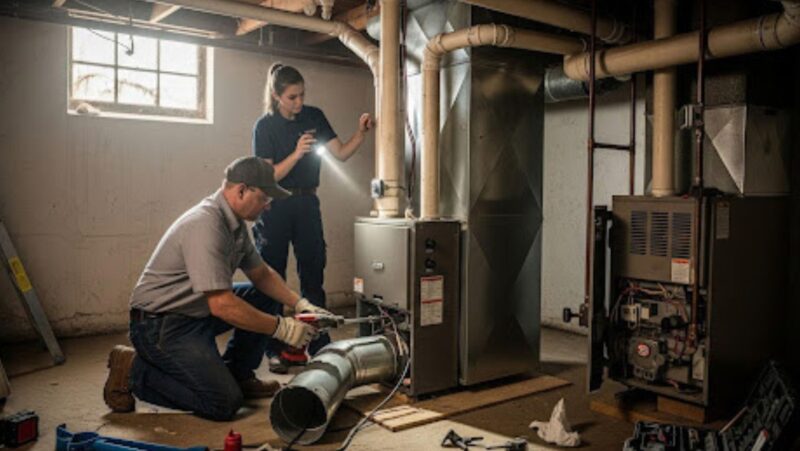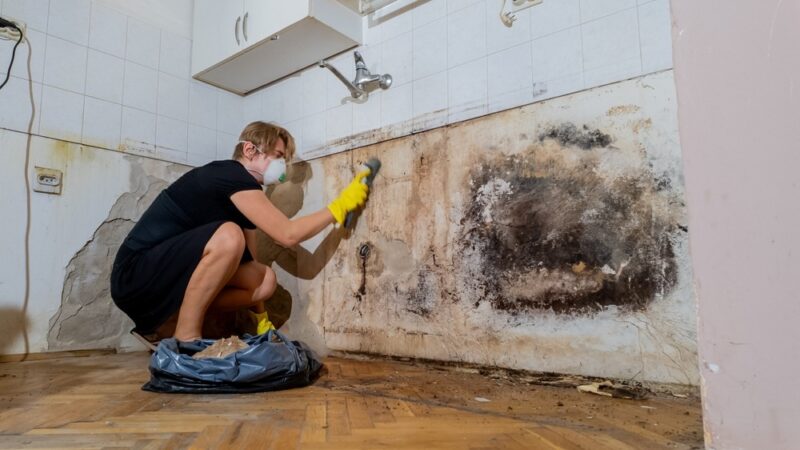
Fix-and-flips are an exciting property investment opportunity with the potential for a big payout—but only if you get your timing right.
Without a clear timeline, even the best fixer-upper can become a financial burden. This article discusses how to create a realistic timeline for your fix-and-flip, so your project stays on track.
Assess the Property
Before you even consider buying a property to fix up, do a thorough inspection first. This is especially important when you’re snatching up a good deal—you want to make sure there are no hidden caveats that could substantially affect your profits.
You’re probably expecting to deal with cosmetic issues, but what about structural, plumbing, and electrical problems? While these aren’t always deal-breakers, they can add weeks to your timeline, so it’s important that you plan for them accordingly. If you’re hiring a contractor, ask them for a realistic estimate of the works required, and make sure this aligns with your preferred timeline.
Plan for Permits and Approvals
You also need to consider local ordinances when you’re calculating a timeline for your fix-and-flip renovation, since these can slow down your project if you’re not prepared.
Permit requirements vary based on location and the scope of work required. So, once you have an idea of the work required, research these early and submit applications as soon as possible. Any delays in getting permits have a ripple effect on your entire project, so the earlier, the better.
Create a Detailed Schedule
If your property needs a lot of work, the best way to avoid getting overwhelmed is to break the renovation into phases (such as demolitions or gutting, structural repairs, and interior finishes).
Estimate the time for each phase, and keep in mind that there’s an order you’ll have to follow for certain works. For example, you won’t be able to install flooring until any necessary plumbing and electrical work is done. You should also build in some buffer time for unexpected delays, especially if you’re getting work done by an external contractor.
Coordinate Your Team
Speaking of contractors, your team’s activities can have a big impact on your timeline. If you’re doing most of the work yourself, this is less of an issue. But if you’re hiring people to help, make sure to work with experienced contractors and give them clear instructions and schedules to stick to.
It’s common knowledge that contractors delay or run over with pretty much any building project, so keep this in mind regardless of who you choose. While you can’t single-handedly make sure a project is finished on time, you can at least make regular check-ins with your team to help keep everything on track.
Factor in Funding Timelines
Finally, how you fund the project will also impact your timeline. If you’re using hard money loans like bridge loans, which are a popular choice for real estate investing because they offer fast access to funding, you’ll need to be able to adhere to the lender’s strict repayment terms.
If you’re using this type of financing, make sure your timeline aligns with the loan terms, so you don’t get penalized.














